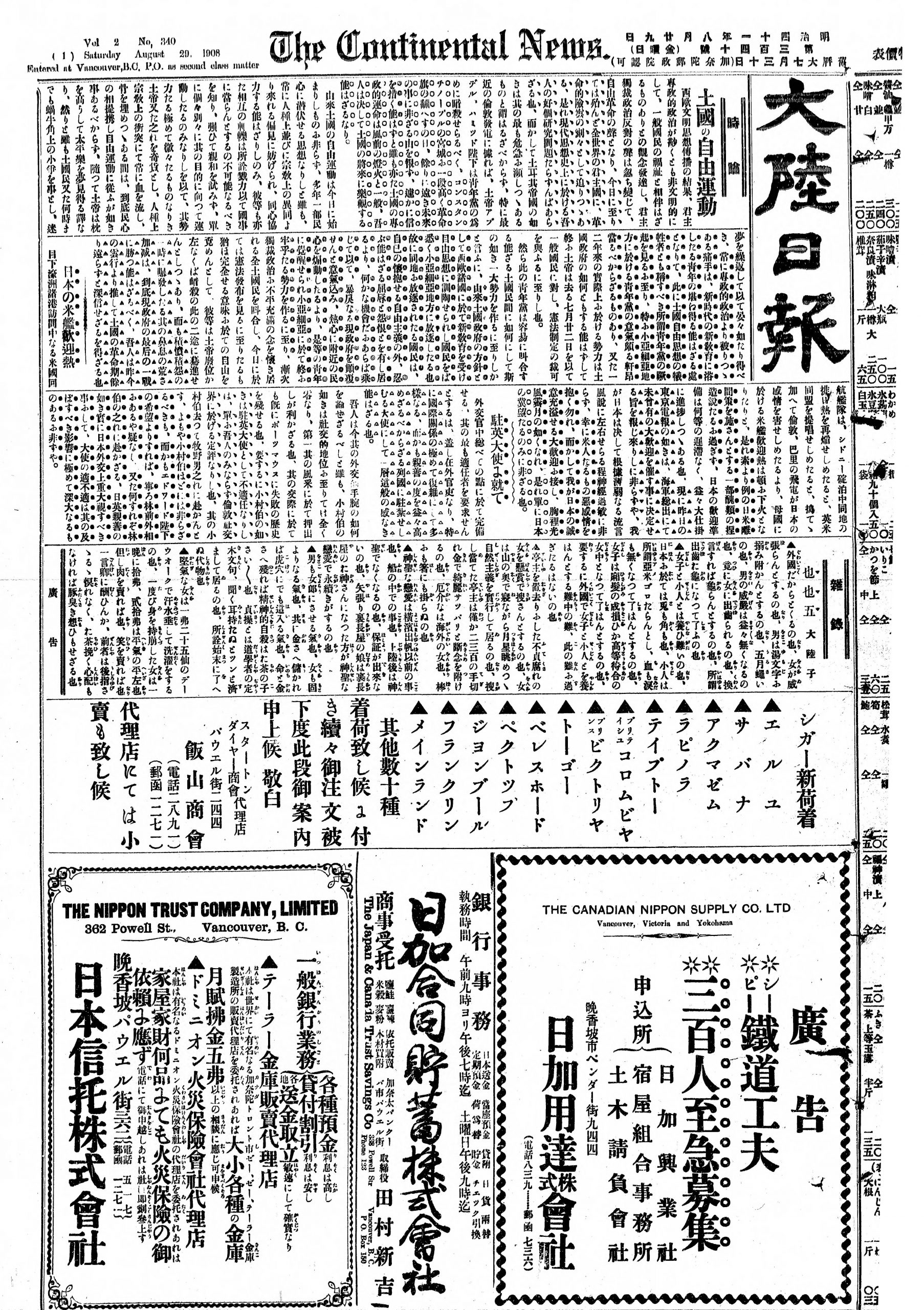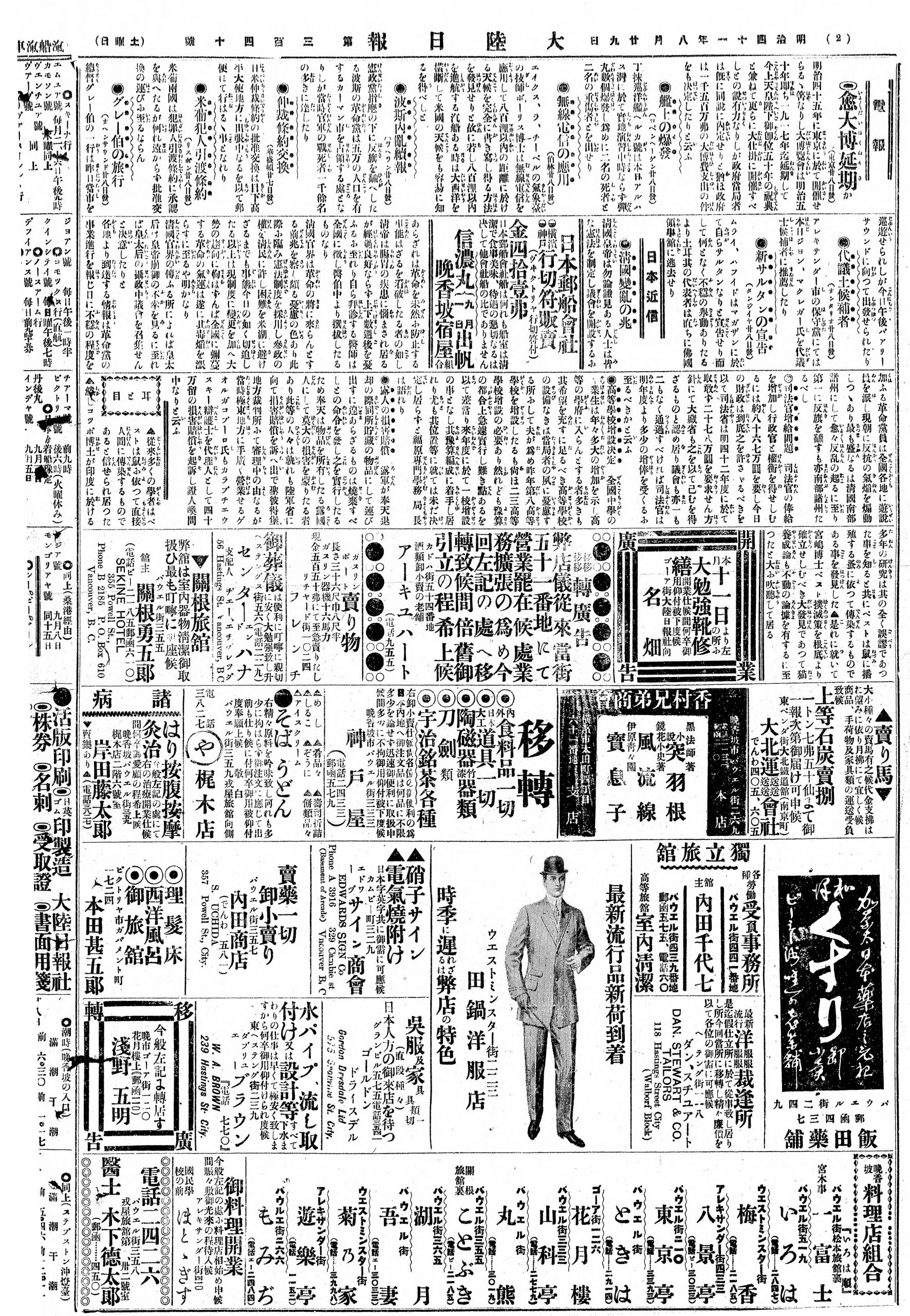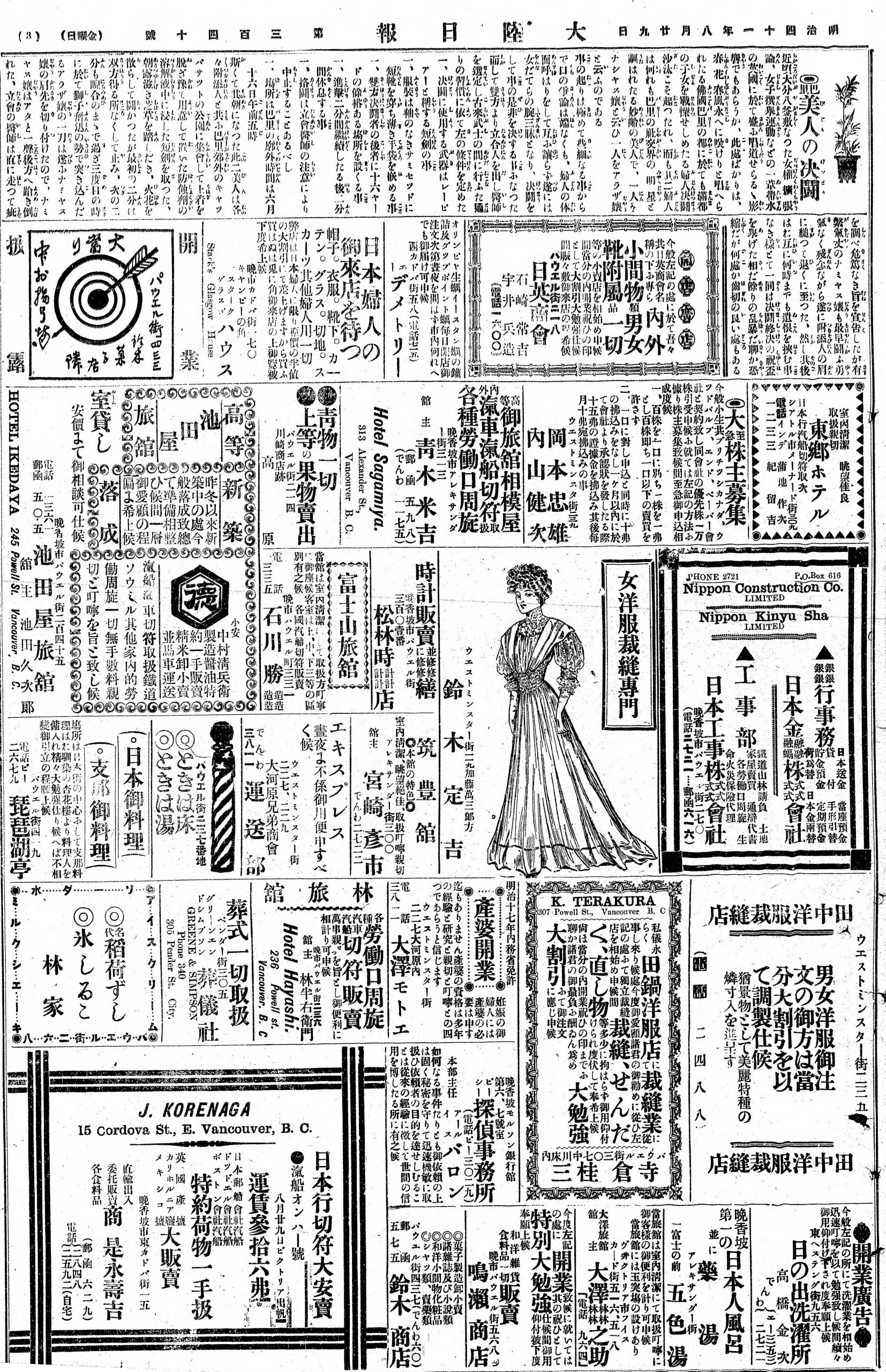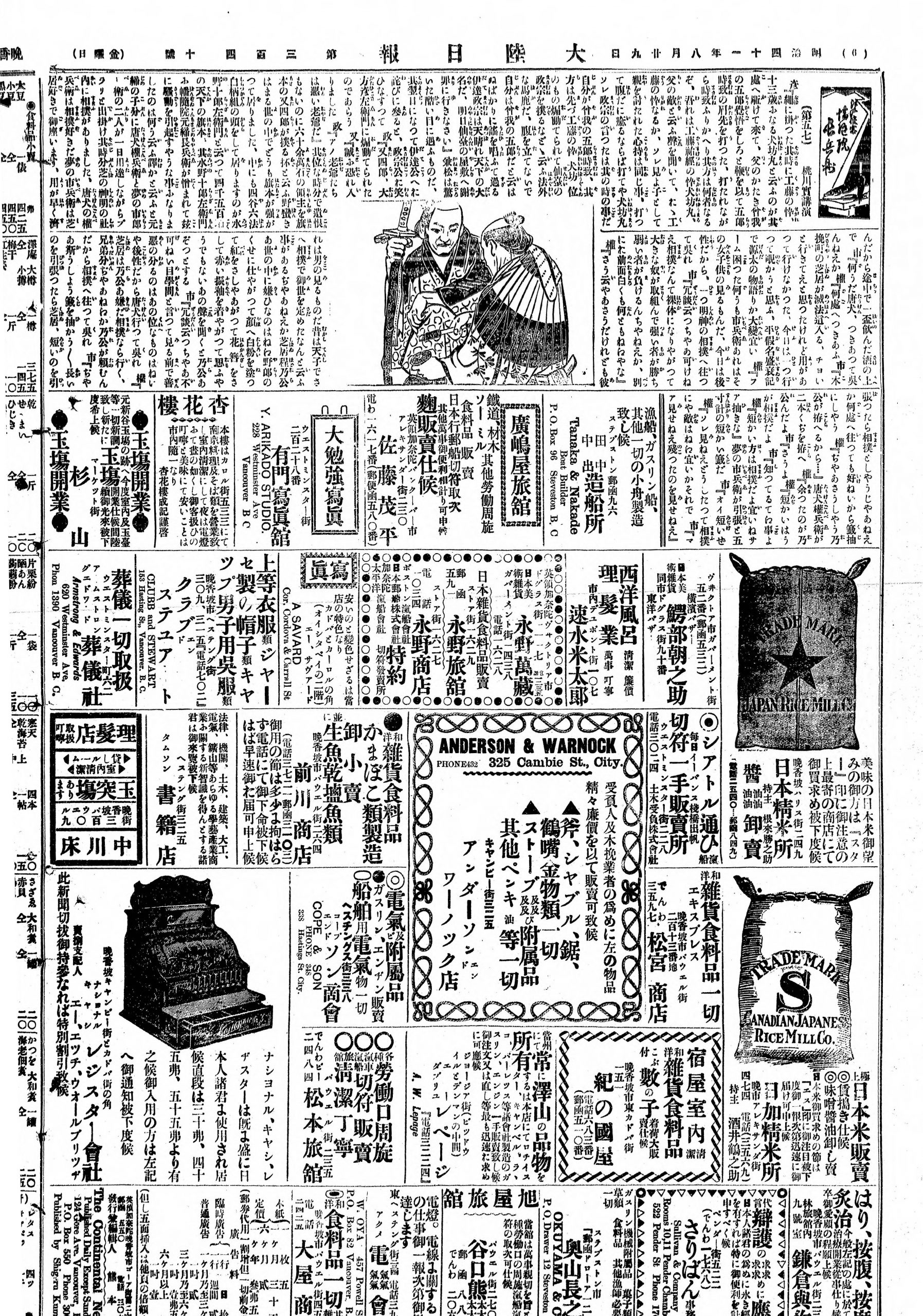The Digitization Centre is always thrilled to learn about the various impressive research findings made through UBC Library’s Open Collections, in particular those collections we have digitized. Knowing how they have impacted the investigation and the educational outcomes of those studies is very gratifying!
Today, we would like to share the fascinating open educational resource Sex and Migration in the Transpacific Underground by UBC Assistant Professor of Teaching Dr. Ayaka Yoshimizu and PhD Candidate Saeko Suzuki.
For this research, Dr. Yoshimizu critically examined the contents of the “Exploration of Devil Caves” from UBC’s Tairiku Nippō collection. She emphasizes the problematic depiction of sex workers found in the publications, but recognizes their importance as they “…documents the history of transnational sex trade in ways that other archival sources hardly do and provides us with one of few opportunities to recognize the lives of those who survived the stigmatized, underground economy in the transpacific world at the turn of the 20th century.” [i]

(Image 1) Screenshot of the landing page of the Sex and Migration in the Transpacific Underground website.
Image shows Panorama of the open port of Yokohama by Utagawa, Sadahide, 1807-1873.
Research Topic
The stigmatization of sex work has long permeated the society, and to some extent, it still continues to be a taboo subject. Thanks to researchers such as Dr. Yoshimizu, we have a glimpse into the underrepresented history of the transpacific sex trade during the mid-19th century through early 20th-century. Currently an assistant professor of teaching at the UBC Department of Asian Studies, Dr. Yoshimizu focuses her research on the Asian Diaspora by examining the cultural memories of transnational migrant sex workers and exploring decolonial ways to memorialize histories of migration and sex work through performance ethnography. [ii]
By researching various archival materials, Dr. Yoshimizu was able to find resources that portray individuals involved in the transnational and interracial sex trade. Although very informative, she says that those resources “do not provide us with a comprehensive and coherent narrative about the lives of these individuals, and hardly centre their own voices, they create a space to imagine the historically underrepresented lives of those who survived and died in the transpacific underground economy.[iii] Nonetheless, they help us understand how a particular set of beliefs, ideologies and structural forces helped shape the thoughts and actions of individuals and wider society of that particular time in history.

(Image 2) Portraits of “fallen women” included in Kanada no Makutsu (Tairiku Nippō Sha, 1909),
as cited by Dr. Yoshimizu [iv] Source: UBC Library, Rare Books and Special Collections
To better understand the archival resource that Dr. Yoshimizu used for her research of “Exploration of Devil Caves” from the UBC’s Tairiku Nippō Collection, it is worth exploring the context of this newspaper.
The Tairiku Nippō (大陸日報, Continental Daily News) was a Japanese-Canadian (JC) newspaper that was published in Vancouver, British Columbia from January 1908 through December 6, 1941. This newspaper was written primarily in Japanese and acted as an important informational resource and community outreach for Japanese immigrants to BC prior to the internment of JC during World War II.
Today, Tairiku Nippō is an important cultural record that captures the social lives of those Japanese immigrants and the JC experience during the pre-war period, providing an insight to the social and political life of that community. With the kind permission of Alfred Iwasaki, a descendent of the original publisher, and owner Yasushi Yamazaki (山崎寧), and with metadata provided by Professor Norifumi Kawahara’s research team at Ritsumeikan University in Kyoto, Japan, UBC Library has digitized more than 10,000 issues that are available in Open Collections. [v]
Sex and Migration in the Transpacific Underground
Exploration of Devil Caves
For the research published on the Sex and Migration in the Transpacific Underground website, Dr. Yoshimizu painstakingly translated from Japanese to English the newspaper series Makutsu Tankenki, or “Exploration of Devil Caves” (November 19, 1908 – February 13, 1909; March 1 – April 6, 1912), which was published in Tairiku Nippō. Her translation was further edited by Julia Aoki as part of their collaborative research project. [vi]
The “Exploration of Devil Caves” was written by journalist Shōhei Osada, with intentions “to expose detailed stories of Japanese brothel owners, managers, pimps, procurers, and sex workers in Canada.” [vii]
On the website, Dr. Yoshimizu and Suzuki warns the viewers that the contents in the “Exploration of Devil Caves” include extremely derogatory expressions that shame and condemns individual engaged in the sex trade. The authors continue by adding that “[the contents] reflect elitist, sexist, racist, and ableist attitudes and stereotypes that existed in Canadian settler society, Japanese imperial society in Japan, and Japanese diasporic communities.” [viii]
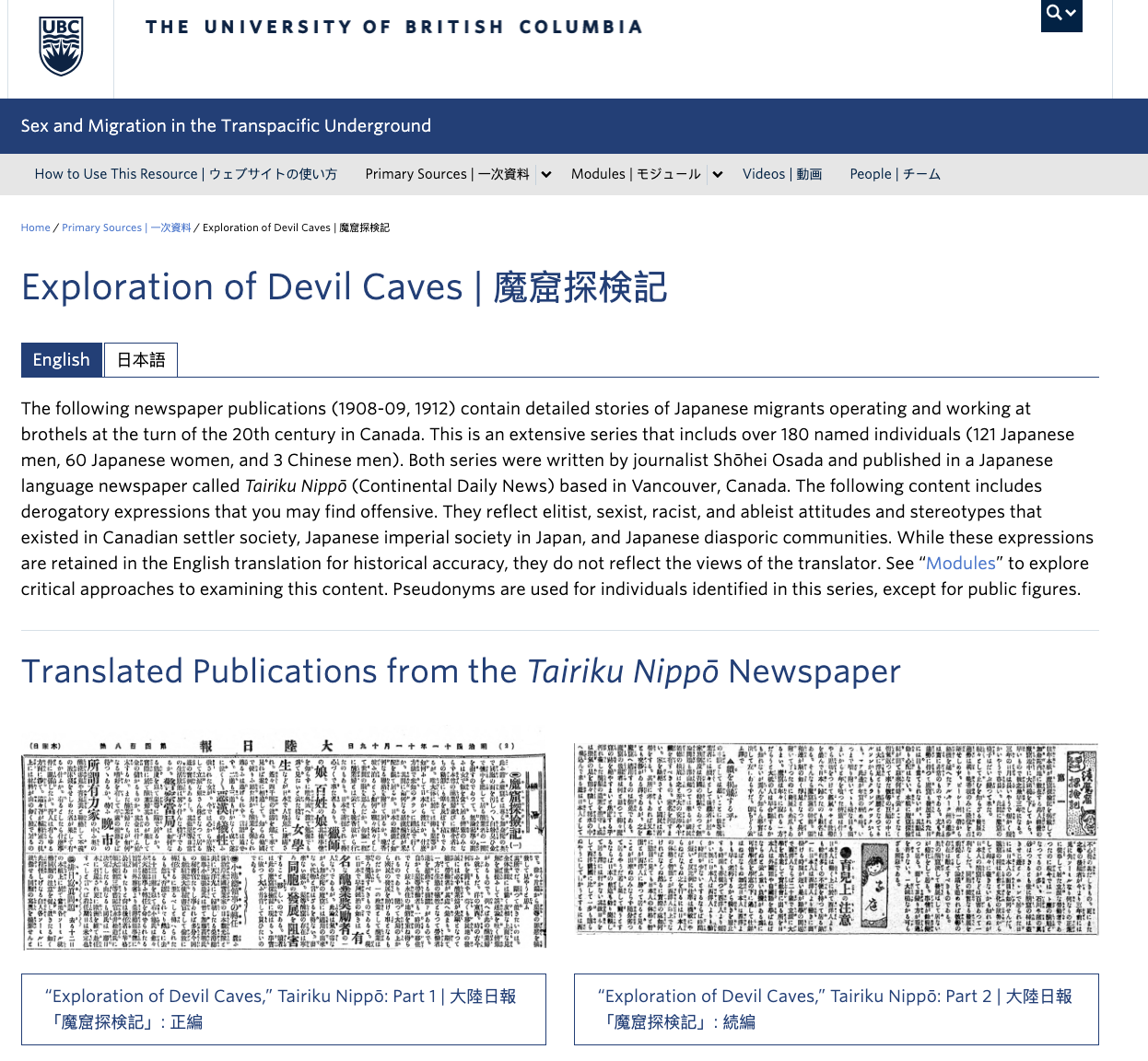
(Image 7) Screenshot of the Primary Sources section – “Exploration of Devil Caves” on the website
Sex and Migration in the Transpacific Underground.
Educational Resources
One of the most impressive characteristics about the open educational resource Sex and Migration in the Transpacific Underground, besides the rich bilingual content (in English and Japanese), is how didactic it really is. The website provides easy access to the two main primary sources used in this research, which are the “Tale of Kiyū”, represented by woodblock prints (1870-1902) depicting the story of Kiyū, a pleasure woman housed in a brothel in Yokohama during the port-opening period of the mid-19th century; and “Exploration of Devil Caves”, published in Tairiku Nippō newspaper described earlier in this blog.
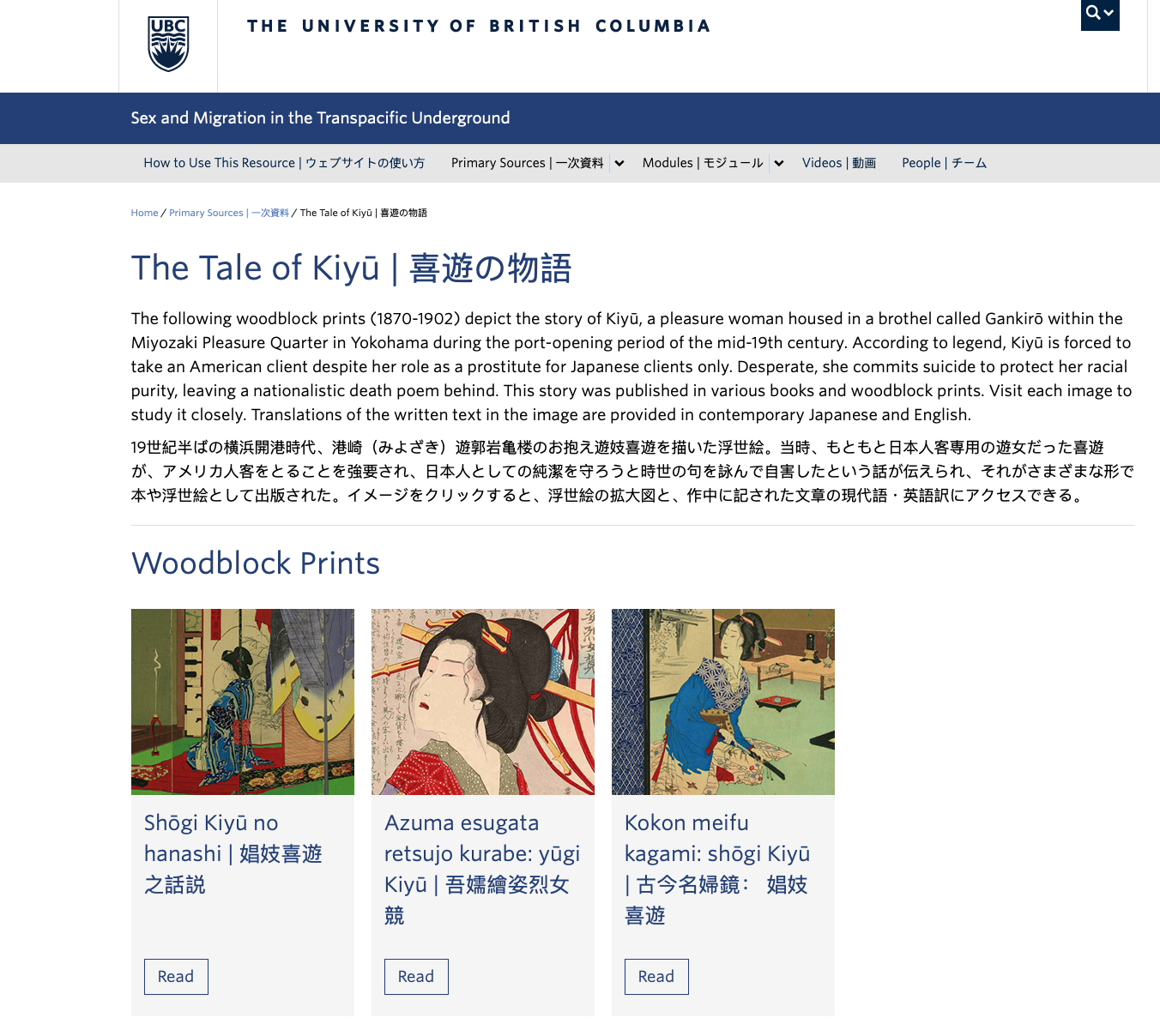
(Image 8) Screenshot of the “Primary Sources” section – “Tale of Kiyū” on the website
Sex and Migration in the Transpacific Underground.
The “Modules” section is designed for classroom setting as well for individual learning and research. For example, the “Exploration of Devil Caves” module provides an interactive map that was included in Tairiku Nippō which identifies places where Japanese brothels were located during that period. It is followed by a “Critical Glossary” section that helps to reflect on the expressions used and the power relations implied in them. The module also contains a lecture video created by Dr. Yoshimizu and Suzuki. Most of the sections are accompanied by an activity section, which prompts some questions to critically reflect upon. To further enrich the learning outcome, the module offers “Guiding Questions” and “Additional Resources” sections that will help those interested to dive further into the topic.

(Image 9) Screenshot of the main page of “Modules” section – Sex and Migration in the
Transpacific Underground. The user can select between “The Take of Kiyū” and “Exploration of Devil Caves”
on the bottom section of the page.
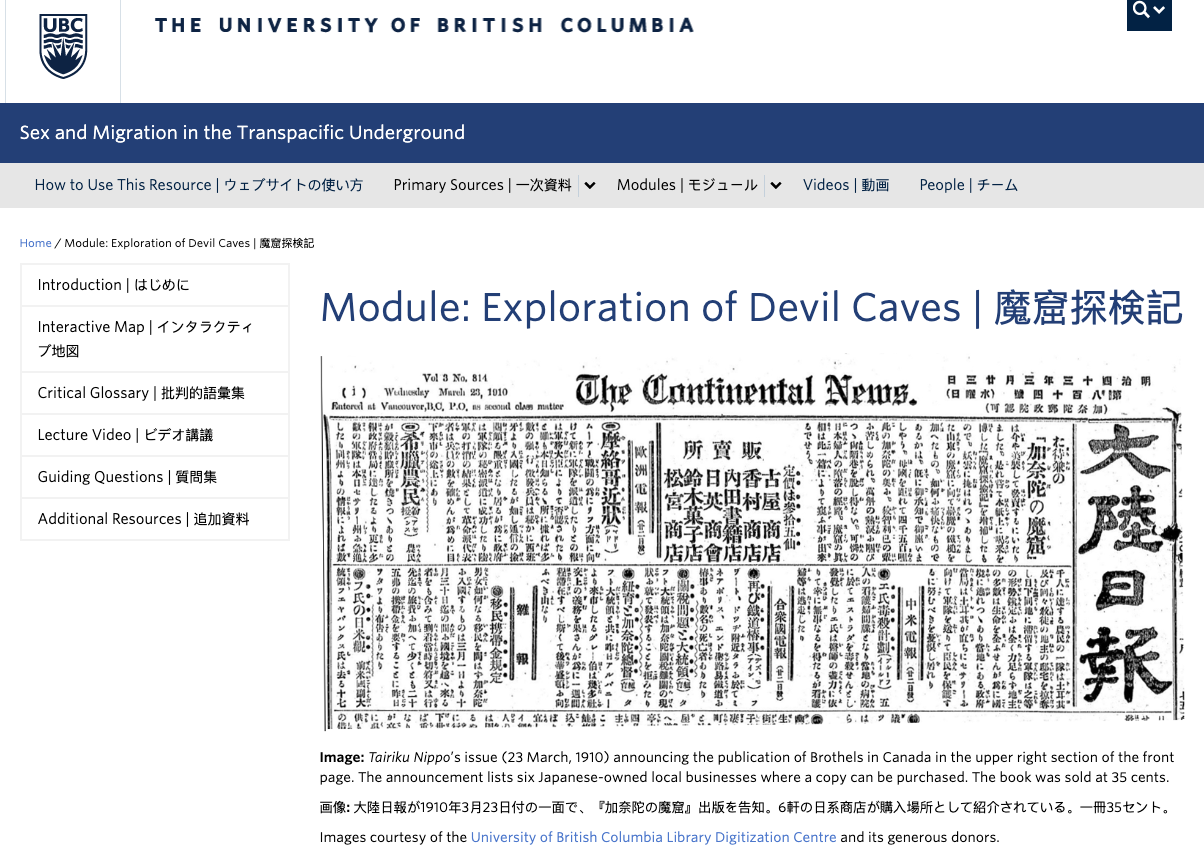
(Image 10) Screenshot of the “Modules” section: “Exploration of Devil Caves” on the website Sex and
Migration in the Transpacific Underground. On the left side of the page, the user is able to navigate
through Interactive Map, Critical Glossary, Lecture Video, Guiding Questions, and Additional Resources.
The website Sex and Migration in the Transpacific Underground is certainly an invaluable resource to learn and reflect on the history of transnational sex trade at the turn on the 20th century. It is a significant initiative that brings awareness to the underrepresented history of the transpacific sex trade and provides a unique examination of those invisible individuals (in particular of women) of that period.
For the Digitization Centre, this is a great example of how our collections can facilitate the research of both the academic and non-academic community.
Thank you for reading this post and hope you enjoyed learning about this topic!
References
[i] Yoshimizu, Ayaka and Saeko Suzuki, eds. Sex and Migration in the Transpacific Underground. 2023. https://transpacificunderground.arts.ubc.ca/module-exploration-of-devil-caves/ Accessed: March, 9, 2023.
[ii] UBC Centre for Migration Studies. Faculty Profiles. Ayaka Yoshimizu & UBC Department of Asian Studies. Faculty Profiles. Ayaka Yoshimizu
[iii] Yoshimizu, Ayaka and Saeko Suzuki, eds. Sex and Migration in the Transpacific Underground. 2023. https://transpacificunderground.arts.ubc.ca Accessed: March, 9, 2023.
[iv] Yoshimizu, A. Sex Workers, Waitresses, and Wives: The Disciplining of Women’s Bodies in the Tairiku Nippo (1908-1920). The Meiji at 150 Digital Teaching Resource. UBC. https://meijiat150dtr.arts.ubc.ca/essays/yoshimizu Accessed: March, 9, 2023.
[v] Hatanaka, R. (2019, June 25) Re: Explore Open Collections: Tairiku Nippō (Continental Daily News). Digitizer’s blog. https://digitize.library.ubc.ca/digitizers-blog/explore-open-collections-tairiku-nippo-continental-daily-news/
[vi] Aoki, Julia and Yoshimizu, Ayaka. “Walking Histories, Un/making Places: Walking Tours as Ethnography of Place.” Space & Culture 18(3), 2015: 273-284. https://doi.org/10.1177/1206331215579719
[vii] Yoshimizu, Ayaka and Saeko Suzuki, eds. Sex and Migration in the Transpacific Underground. 2023. https://transpacificunderground.arts.ubc.ca/module-exploration-of-devil-caves/ Accessed: March, 9, 2023.
[viii] Yoshimizu, Ayaka and Saeko Suzuki, eds. Sex and Migration in the Transpacific Underground. 2023. https://transpacificunderground.arts.ubc.ca/primary-sources/exploration-of-devil-caves/ Accessed: March, 9, 2023.
Other sources:
Hamer, A. (2016, May 24). Re: Asian Heritage Month feature: Tairiku Nippō. Digitizer’s Blog. https://digitize.library.ubc.ca/digitizers-blog/asian-heritage-month-feature-tairiku-nippo/
Grunow, T. (Host). (2018, November 2). Dr. Ayaka Yoshimizu (UBC). (No. 74) [Audio podcast episode]. In The Meiji at 150 Podcast. https://meijiat150.podbean.com/e/episode-74-dr-ayaka-yoshimizu-ubc/
UBC’s Tairiku Nippō (Continental Daily News) Collection. https://open.library.ubc.ca/collections/tairikunipp
Yoshimizu, A. (2021). Unsettling memories of Japanese migrant sex workers: Carceral mobilities of the transpacific underground at the turn of the 20th century. Topia (Montreal), 43, 24-43. https://doi.org/10.3138/topia-43-003
Yoshimizu, A., & Taylor & Francis eBooks A-Z. (2022;2021;). Doing ethnography in the wake of the displacement of transnational sex workers in Yokohama: Sensuous remembering. Routledge. https://doi.org/10.4324/9781003141501
